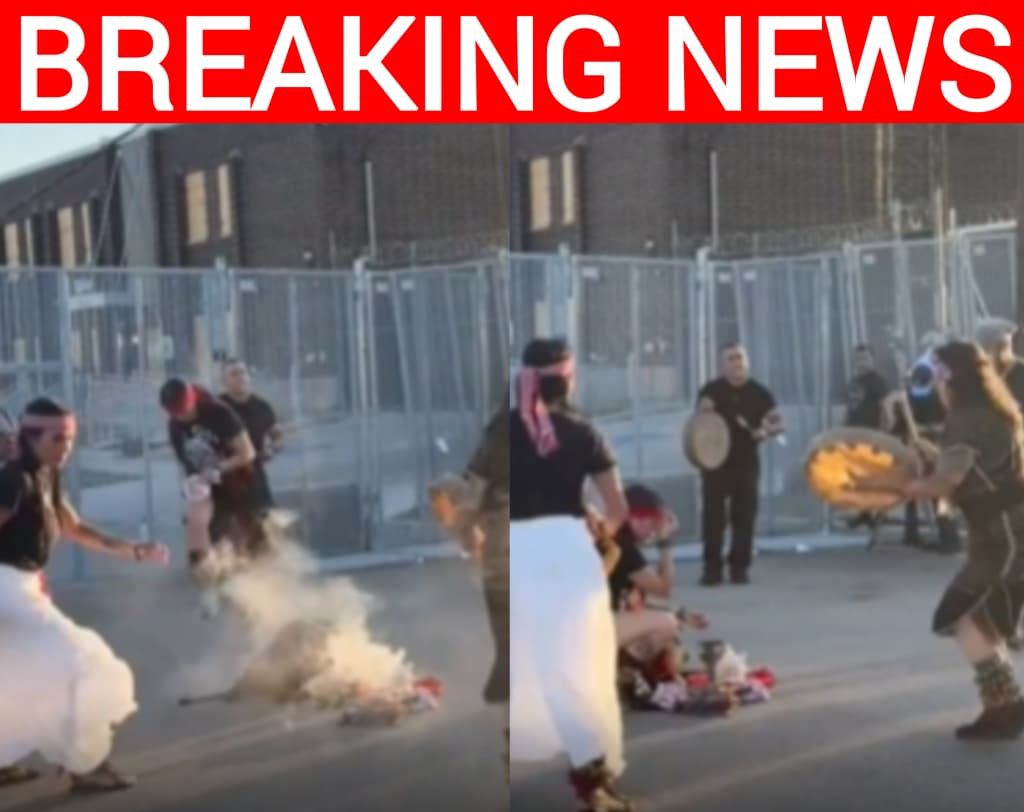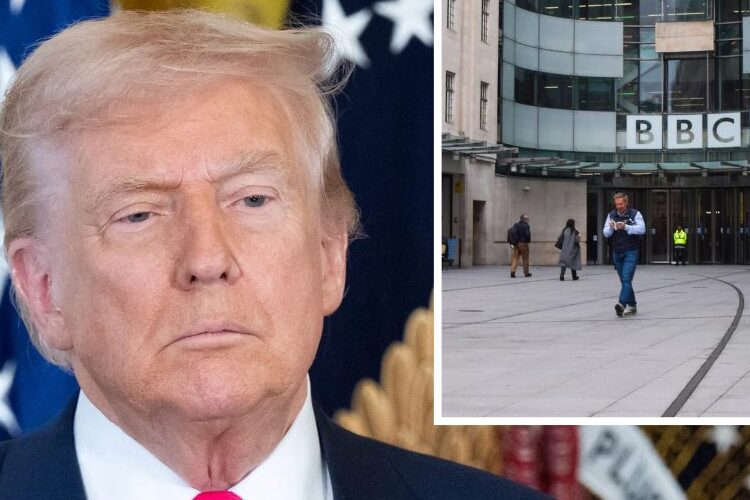Indigenous Activists Hold Ritual-Like Protest Outside Broadview ICE Facility Near Chicago, Fueling Debate Over Immigration and “Stolen Land” Narrative
Outside the Broadview ICE facility near Chicago, a small group of protesters gathered in a display that quickly drew national attention. Dressed in traditional clothing and using drums and symbolic movements, they carried out what appeared to be a ritual-like performance in front of federal immigration enforcement offices. For supporters, it was meant as a symbolic act of resistance against immigration enforcement. For critics, it was another example of protests turning into theater while serious policy battles remain unresolved.
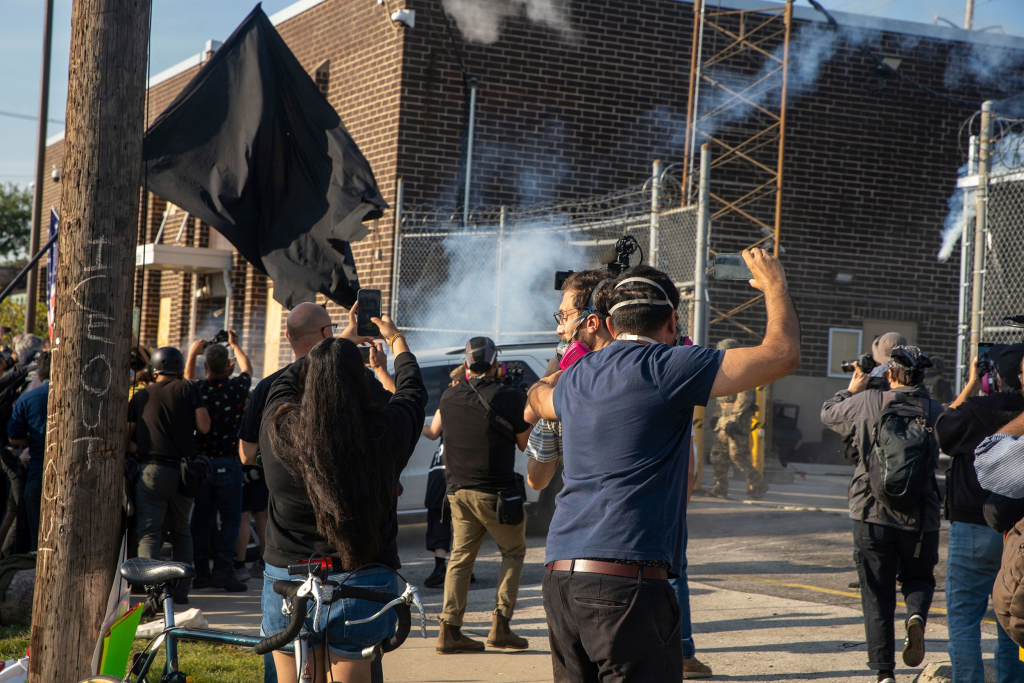
The Broadview facility has long been a flashpoint in the immigration debate. Just earlier this month, tensions escalated when a protester near the same facility was detained after being found with a firearm. That incident underscored the volatility of the moment, with emotions running high as activists and law enforcement continue to clash over the enforcement of federal immigration laws. Against that backdrop, the sight of drumming and chanting outside the gates struck some as harmless cultural expression, while others viewed it as an escalation in symbolism, turning the protest into something meant to provoke.
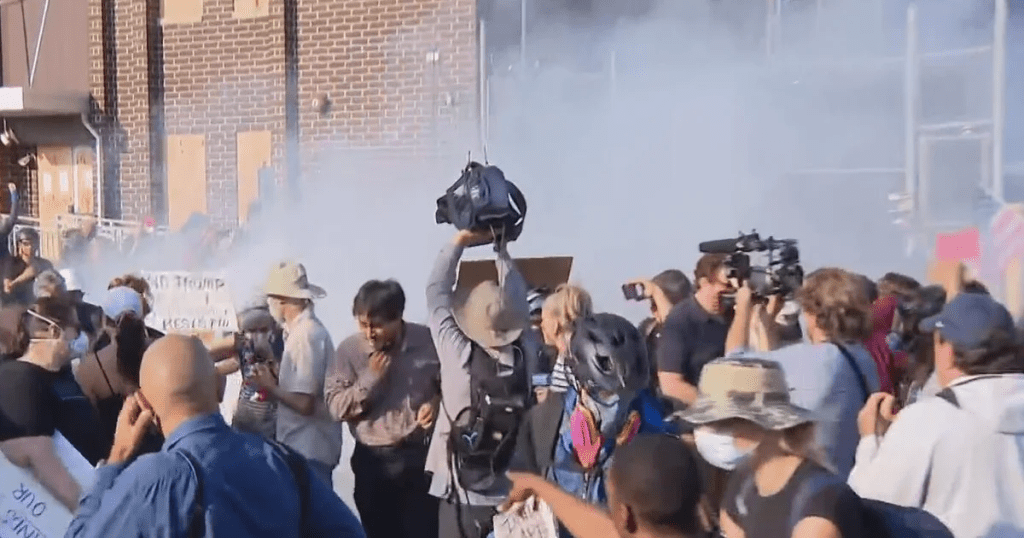
What stood out most was the framing of the protest under the language of “stolen land,” a phrase often invoked by indigenous rights activists who argue that America’s foundations rest on land taken from native peoples. In this instance, that message was paired with opposition to ICE deportations, drawing a link between historical colonization and modern border enforcement. To many, however, the combination seemed contradictory, with critics pointing out that calling for open borders while invoking land rights complicates the message and risks undermining the very argument being made.
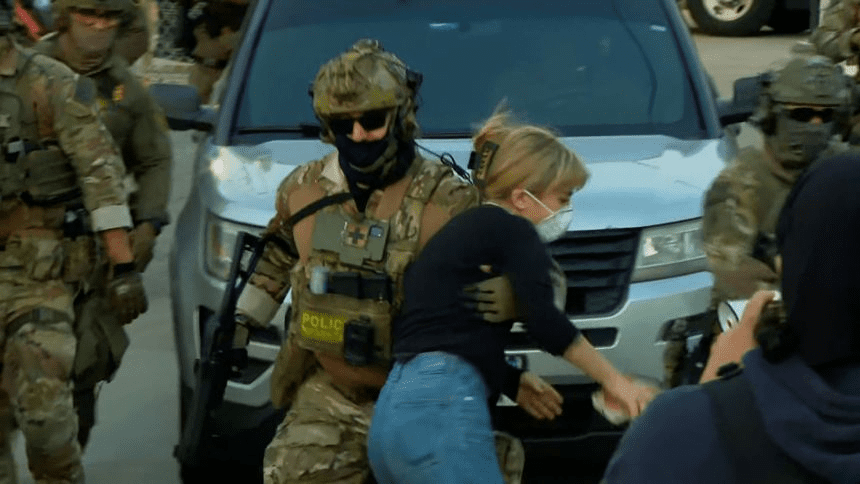
The viral descriptions of the protest, which included claims that demonstrators were attempting to “cast an evil spell” on ICE agents, highlight the way social media exaggerates and reframes events for impact. While no actual spellcasting occurred, the ritualistic style of the protest — drums, chants, and symbolic motions — gave plenty of material for critics to dismiss it as theater rather than policy-driven advocacy. Still, for those participating, it was clearly a heartfelt attempt to make a statement, using culture and symbolism to communicate anger and frustration at how immigration enforcement separates families and removes people from communities.
Immigration policy has always divided the nation. Supporters of strict enforcement point to the sheer numbers at the border, record encounters reported by U.S. Customs and Border Protection, and the burden placed on cities like Chicago that have declared themselves sanctuary jurisdictions. Activists, on the other hand, frame deportations as cruel and unjust, often turning to dramatic protest tactics to make their case. The ritual outside Broadview is the latest example of this ongoing cultural clash, where symbolism is deployed to send a message that words alone might not convey.
What this protest reveals most is how deeply immigration has become not just a political issue but a cultural one. It’s no longer only about laws and policies, but about identity, history, and morality. Whether one sees drumming outside an ICE facility as a sacred act of resistance or as a hollow performance depends almost entirely on one’s perspective on immigration itself. But what is undeniable is that protests like these keep the issue in the public eye, forcing Americans to confront uncomfortable questions about borders, belonging, and the stories we tell about the land beneath our feet.
As the October political battles over immigration funding and enforcement heat up in Washington, small but dramatic demonstrations like this one show just how raw and unresolved the issue remains in communities across the country. The Broadview protest was not large, but it was loud, symbolic, and controversial — and in today’s political climate, that may be enough to keep the debate burning.
